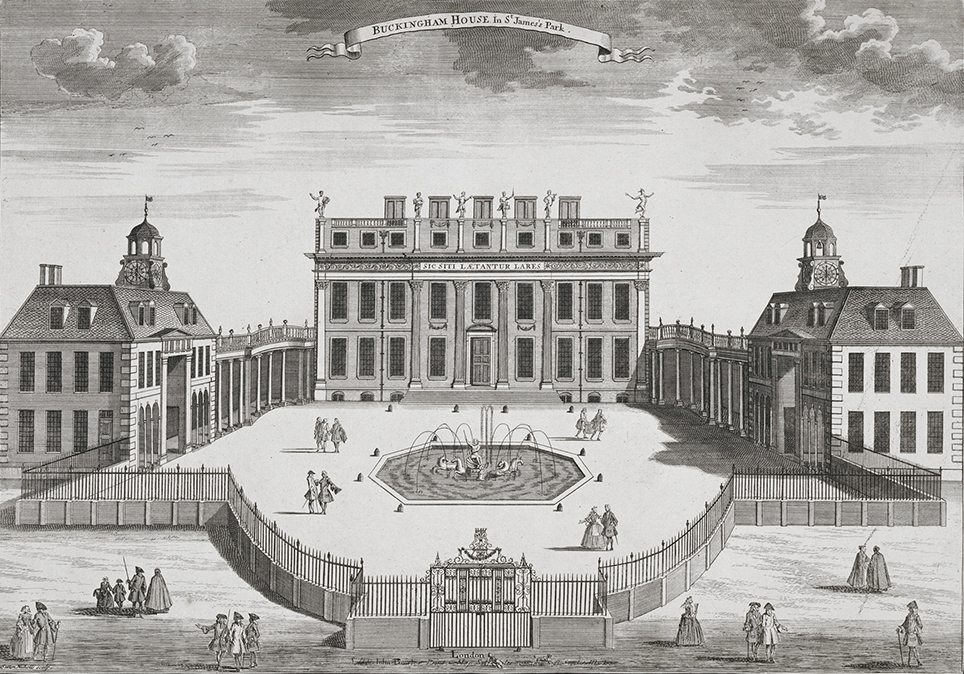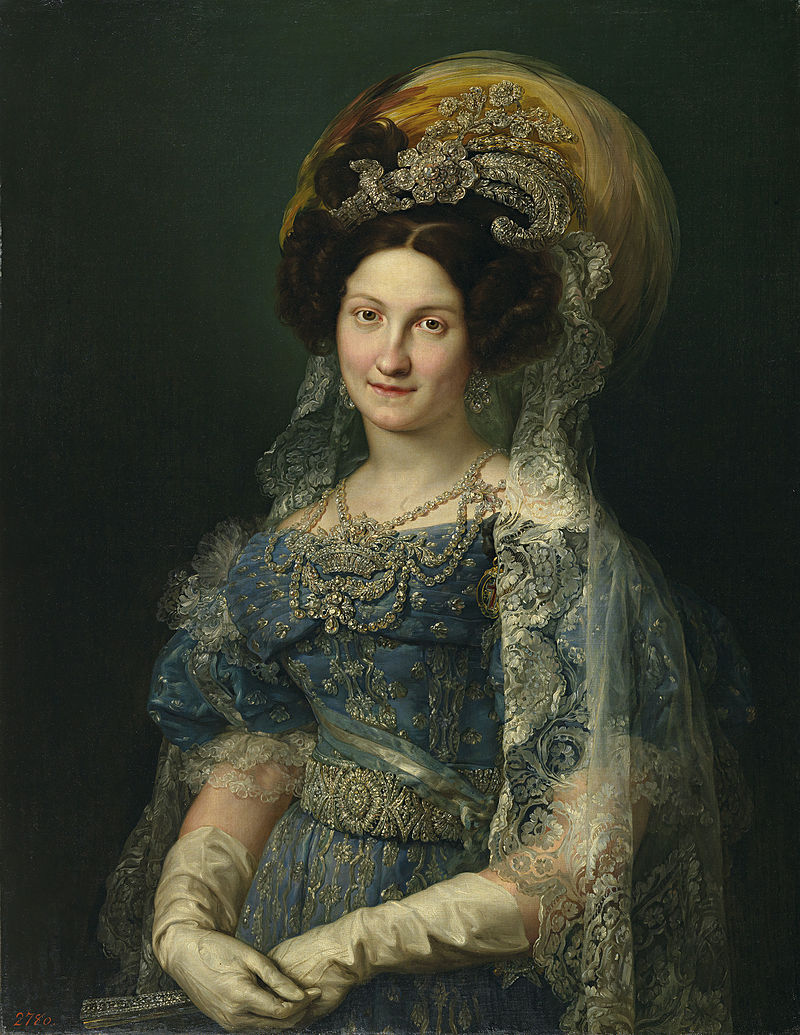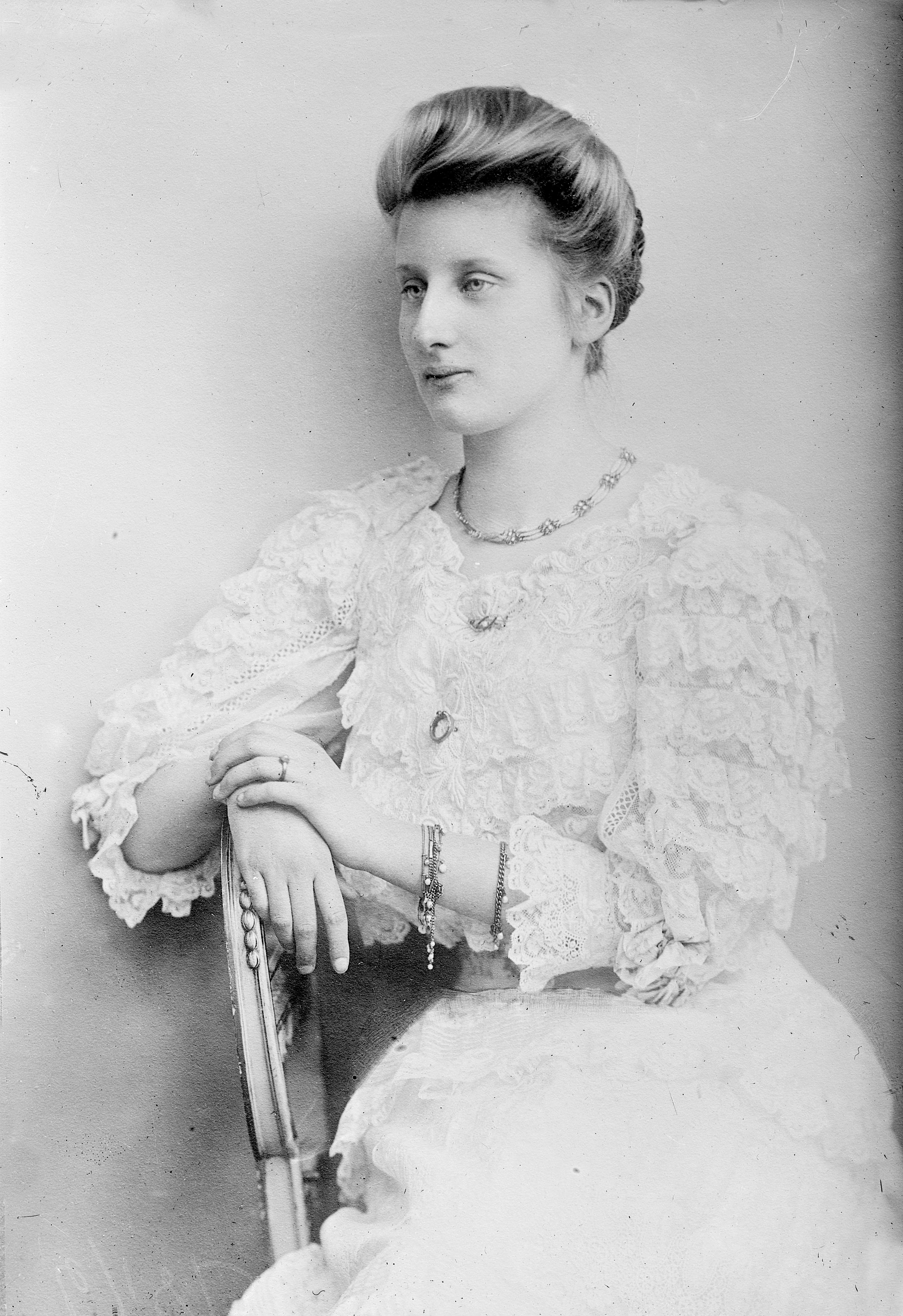by Susan Flantzer
© Unofficial Royalty 2024

Lady Catherine Darnley – by Robert Grave, after Christian Friedrich Zincke line engraving, early 19th century NPG D31025 © National Portrait Gallery, London
Catherine Darnely (Catherine Sheffield, Duchess of Buckingham and Normanby), born circa 1681 – 1682, was the illegitimate daughter of King James II of England (reigned 1685 – 1688) and his mistress Catherine Sedley, Countess of Dorchester (in her own right). Her surname Darnley is a reference to her father’s great-grandfather Henry Stewart, Lord Darnley, the second husband and first cousin of Mary, Queen of Scots. Catherine Darnley’s paternal grandparents were King Charles I of England and Henrietta Maria of France (the daughter of King Henri IV of France and Marie de’ Medici). Her maternal grandparents were Sir Charles Sedley, 5th Baronet and Lady Catherine Savage. By royal warrant, Lady Catherine Darnley was given the status of a duke’s daughter in the order of precedence.

Catherine’s mother Catherine Sedley; Credit – Wikipedia
Catherine Darnley’s maternal grandfather Sir Charles Sedley belonged to the intimate circle around King Charles II and was known for his wit and extravagant lifestyle. Because of his family’s wealth, his daughter Catherine Sedley was considered a marriage prospect for John Churchill, later 1st Duke of Marlborough. However, negotiations were broken off but not before Catherine Sedley had become a frequent visitor to the court of King Charles II at the Palace of Whitehall in London. Catherine Sedley was eventually appointed a maid of honor to Maria Beatrice of Modena, the second wife of King Charles II’s brother James, Duke of York, the future King James II. Because King Charles II and his wife Catherine of Braganza had no children, his brother James was the heir presumptive to the throne and did succeed his brother in 1685. Catherine Sedley caught the eye of James and became his mistress. In 1686, King James II created his mistress Catherine Sedley Countess of Dorchester in her own right.
Catherine Darnley had two full brothers from King James II’s relationship with her mother Catherine Sedley. Both brothers died in infancy:
- James Darnley (1684 – 1685)
- Charles Darnley, died young

Catherine’s father King James II of England; Credit – Wikipedia
Catherine had eight half-siblings from King James II’s first marriage (before he became king) to Lady Anne Hyde but only two survived childhood and both were reigning Queens of England:
- Charles, Duke of Cambridge (1660 – 1661), died at age six months from smallpox
- Queen Mary II of England (1662 – 1694), married her first cousin William III, Prince of Orange in 1677, ascended to the throne in 1689 as co-ruler with her husband after the deposition of her father, no surviving children
- James, Duke of Cambridge (1663 – 1667), died at age three from smallpox
- Queen Anne of Great Britain (1665 – 1714), married Prince George of Denmark, had 17 pregnancies, five live births, no surviving children
- Charles, Duke of Kendal (1666 – 1667), died at age ten months
- Edgar, Duke of Cambridge (1667 – 1671), died at age three
- Henrietta (born and died 1669), died at age ten months
- Catherine (born and died 1671), died at age ten months
Catherine had seven half-siblings from King James II’s second marriage to Maria Beatrice of Modena but only the youngest two survived childhood:
- Catherine Laura (1675 – 1676), died at age nine months
- Isabel (1676 – 1681), died at age four
- Charles, Duke of Cambridge (born and died 1677), died 35 days after his birth
- Elizabeth (born and died 1678), died in infancy
- Charlotte Maria (born and died 1682): died at age two months from convulsions
- James Francis Edward, Prince of Wales “the Old Pretender” (1688 – 1766), married Maria Clementina Sobieski, had two sons
- Louisa Maria Teresa (1692 – 1712), died at age nineteen from smallpox
In 1688, the Glorious Revolution forced seven-year-old Catherine Darnley’s father King James II of England to vacate the throne in favor of his daughter (and Catherine’s half-sister) Queen Mary II and her husband and first cousin (also Catherine’s first cousin) King William III. The former King James II, his second wife Maria Beatrice of Modena, and their son James Edward Francis Stuart, the former Prince of Wales (Catherine’s half-brother) were exiled. They settled in France, where King James II’s first cousin King Louis XIV provided him with the Château de Saint-Germain-en-Laye in France. Later in her life, Catherine Darnley was a supporter of the rights of her half-brother James Edward Francis Stuart, The Old Pretender, and often visited him in Rome, where he had organized a Jacobite court.
Seven-year-old Catherine Darnley and her mother Catherine Sedley, Countess of Dorchester, remained in England where the Countess’ father boasted about his support for the new king and queen: “Well I am even with King James in point of civility, for as he made my daughter a Countess, so I have helped to make his daughter a Queen.” Catherine Sedley had no qualms about attending the court of her half-sister Queen Mary II. She brazenly told Queen Mary II, Remember, Ma’am, if I broke one Commandment with your father, you have broken another against him.”
In 1696, fifteen-year-old Catherine Darnley got a stepfather when her mother married Sir David Colyear, Lieutenant-General of the Scots Brigade, the three Scottish regiments that had fought in the service of William III, Prince of Orange, now King of England. King William III highly regarded Sir David and his military abilities and created him Earl of Portmore.
Catherine Darnley had two half-brothers from her mother’s marriage to David Colyear, 1st Earl of Portmore:
- David Colyear, Viscount Milsington (1698 – 1728/29), married married Bridget Noel, no children
- Charles Colyear, 2nd Earl of Portmore (1700 – 1785), married Juliana Hele, widow of Peregrine Osborne, 3rd Duke of Leeds, had two daughters and two sons
On October 28, 1699, at Westminster Abbey in London 18-year-old Catherine Darnley married James Annesley, 3rd Earl of Anglesey. The marriage was unsuccessful due to James’ cruelty to Catherine. Catherine and James were separated in 1701 by an Act of Parliament, with Catherine claiming that James had tried to murder her. James died on January 21, 1702, from tuberculosis.
Catherine and James had one daughter:
- Lady Catherine Annesley (1700 – 1736), (1) married William Phipps, had two sons and one daughter

John Sheffield, 1st Duke of Buckingham and Normanby by Edward Francis Finden, after Jonathan Richardson stipple engraving, (1703-1705) NPG D32303 © National Portrait Gallery, London
On March 16, 1706, at St. Martin-in-the-Fields Church in London, Catherine became the third wife of John Sheffield, 1st Duke of Buckingham and Normanby, who was thirty-three years older than Catherine. John was an English poet and Tory politician and served as Lord Privy Seal and Lord President of the Council.

Buckingham House, circa 1710; Credit – Wikipedia
Buckingham House, a large townhouse in London was built by Catherine’s husband John Sheffield, 1st Duke of Buckingham. The core of today’s Buckingham Palace is Buckingham House. King George III bought Buckingham House in 1761 as a private residence for his wife Queen Charlotte and became known as The Queen’s House. During the 19th century, it was enlarged by architects John Nash and Edward Blore, who constructed three wings around a central courtyard. Buckingham Palace became the official residence of the British monarch during the reign of Queen Victoria.
Catherine and John were married until John died in 1721 and they had three sons but sadly, they all died young.
- John Sheffield, Marquess of Normanby (born and died in 1710), died in infancy
- Robert Sheffield, Marquess of Normanby (1711 – 1715), died at age four
- Edmund Sheffield, 2nd Duke of Buckingham and Normanby (1716 – 1735), unmarried, died from tuberculosis at age nineteen

Memorial to JohnSheffield, 1st Duke of Buckingham and his family at Westminster Abbey; Credit – Wikipedia
Catherine died on March 14, 1743, aged about sixty-two, in London, England, and was buried in a vault with her second husband and their three children in the northeastern chapel of the Henry VII Chapel in Westminster Abbey. The memorial depicts the Duke of Buckingham in Roman armor lying on a sarcophagus beside a figure of his wife Catherine. A figure of Time above them holds portrait medallions of their children.
This article is the intellectual property of Unofficial Royalty and is NOT TO BE COPIED, EDITED, OR POSTED IN ANY FORM ON ANOTHER WEBSITE under any circumstances. It is permissible to use a link that directs to Unofficial Royalty.
Works Cited
- Beauclerk-Dewar, Peter & Powell, Roger. (2006). Right Royal Bastards – The Fruits of Passion. Burke’s Peerage & Gentry LLC.
- Catherine Sheffield, Duchess of Buckingham and Normanby. (2024). Wikipedia. https://en.wikipedia.org/wiki/Catherine_Sheffield,_Duchess_of_Buckingham_and_Normanby
- Flantzer, Susan. (2020). Catherine Sedley, Countess of Dorchester, Mistress of King James II of England. Unofficial Royalty. https://www.unofficialroyalty.com/catherine-sedley-countess-of-dorchester-mistress-of-king-james-ii-of-england/
- Flantzer, Susan. (2017). King James II of England. Unofficial Royalty. https://www.unofficialroyalty.com/king-james-ii-of-england/
- James Annesley. (2023). Wikipedia. https://en.wikipedia.org/wiki/James_Annesley
- John Sheffield. (2021). Wikipedia. https://en.wikipedia.org/wiki/John_Sheffield
- John Sheffield, Duke of Buckingham & Family. Westminster Abbey. https://www.westminster-abbey.org/abbey-commemorations/commemorations/john-sheffield-duke-of-buckingham-family/
- Weir, Alison. (2008). Britain’s Royal Families – The Complete Genealogy. Vintage Books.












